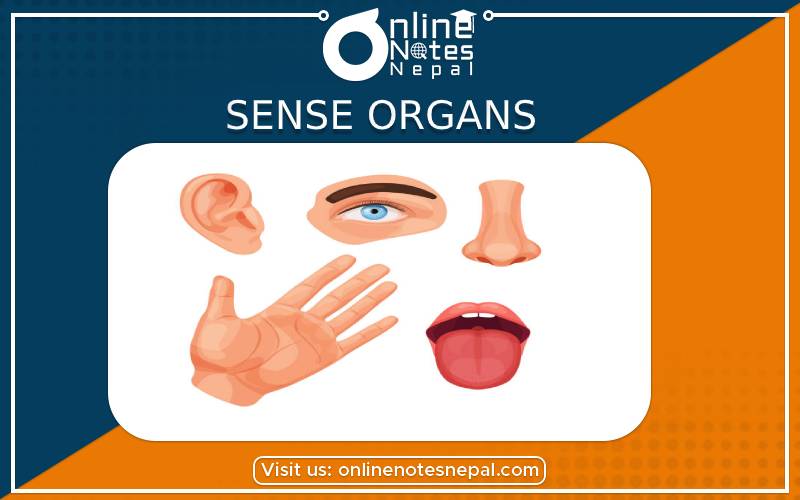Published by: Nuru
Published date: 17 Jan 2022

There are five vital sense organs in human beings. They are eye, ear, nose, tongue and skin.
Eyes are organ of the sight approximately 2.5cm in diameter. It is composed of three layers. They are: sclera, choroid and retina. It consists of two types of muscles called irish and ciliary muscles. Irish helps to regulate the amount of light entering the eyeball whereas ciliary muscles helps to focus light at the retina by contraction and relaxation of the ligaments attached to the ciliary muscles.
Care of our eyes are described in brief below:
Ears are the organ of hearing which is supplied by eight cranial nerves. The ears consist of external ear and tympanic membranes, middle ear and internal ear. The external ear consists of auricle or pinnae and external auditory canal or meatus .When the pinnae receive the sound waves; it directs it to the auditory canal. These sound waves now reach to the middle ear it vibrates the ear drum. Then through the movement of ear ossicles, the sound reaches to the cochlea where the waves set fluid into motion. This stimulates the auditory nerve and impulse is carried to the brain. Then the brain interprets and recognizes the sound. In this way, we are able to hear the sound.
Care of ears are described in brief below:
Nose is used for smell. The olfactory nerves present at the nose helps in the sensation of smell. Hair present in the nose helps to prevent foreign object essntering the nose. It also acts as part of the body’s respiratory system.
Care of nose are described in brief below:
We should wear mask or cover with handkerchiefs in order to prevent nose from dust particles.
We should not prick our nose with fingers.
We should consult doctor for excessive nose bleeding.
Tongue has a sensation of taste. It is a muscular organ covered by muscular epithelium situated in the oral cavity .It helps in mastication, swallowing and the speech. There are four kinds of taste. They are as follows: Sweet Sour Salty Bitter
Care to tongue is described in brief below:
Skins are composed of two layers: epidermis and dermis. Complete replacement of epidermis takes place in 40 days.the colour of the skin is affected by melanin, level of oxygenation, haemoglobin and bipigment in the blood and the dermis has sensory nerves ending that give sense of the touch, pressure, pain and change of the temperature. The receptors in the skin help to detect hotness, coldness, pain, touch etc. When there is some sensation in the skin, the receptor carries the sensation to the brain in the form of impulses and the brain stimulates the impulses as pain, heat etc. and sends it back to the receptor and we can feel pain, heat etc.
Care of skin is described in brief below: